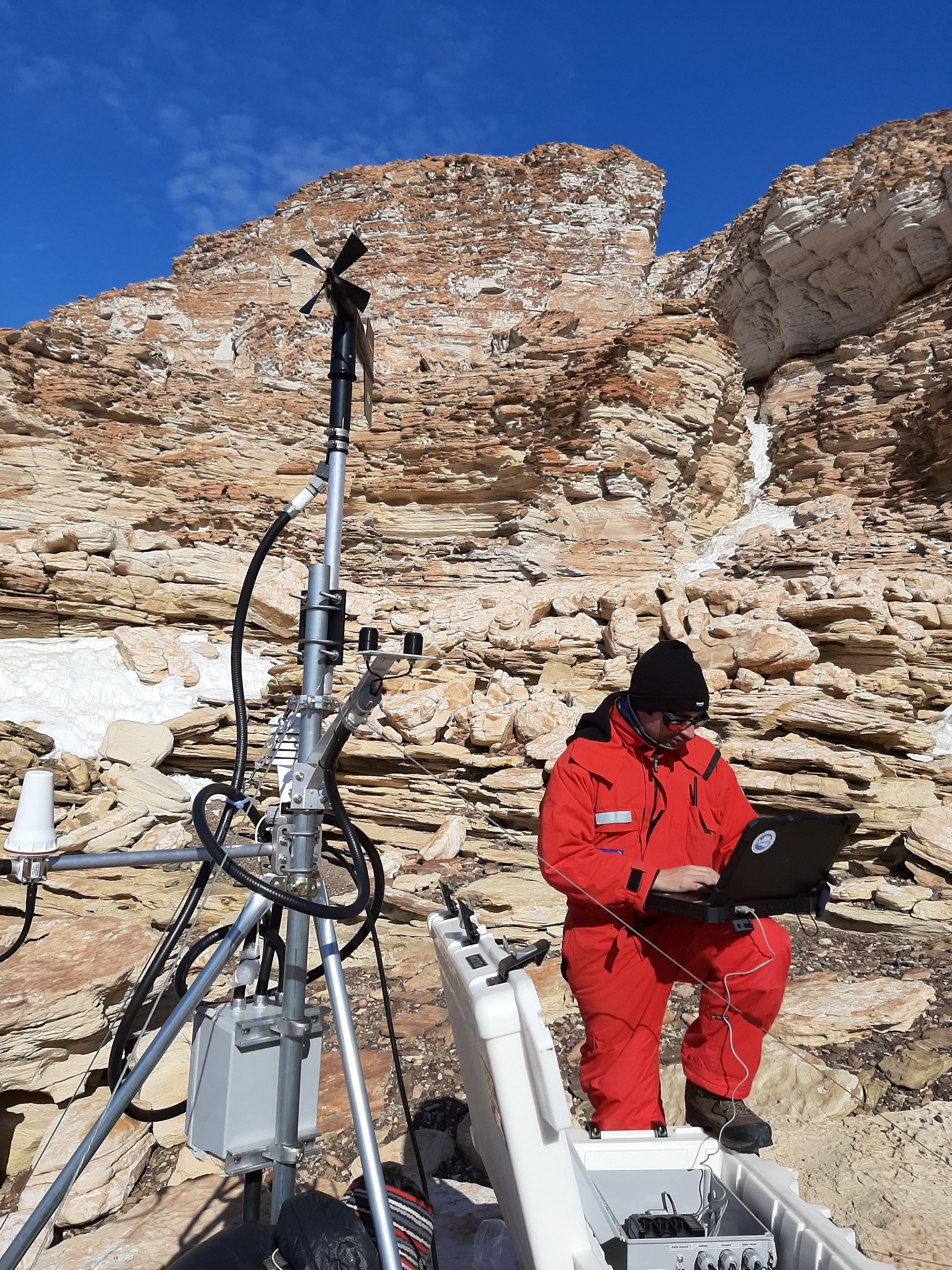
History
The Observatory was established with funding from the Ministry of Education, Universities, and Research under the Antarctic Research Project titled "An Antarctic Terrestrial Observation System for Detecting, Understanding, and Interpreting Antarctic Microbial Communities and Their Responses to Environmental Change (AMICO)" (PNRA0000005).The project involves the participation of two units:
- The Department of Ecological and Biological Sciences at the University of Tuscia, with Professor Laura Zucconi as the coordinator;
- The Environmental and Climate Observation and Measurement Laboratory of ENEA, coordinated by Dr. Marco Proposito.
The Observatory was established to ensure the functioning of four stations installed in December 2019 as part of a previous project titled "Monitoring of Nano-Climatic Parameters in Antarctic Cryptoendolithic Communities" (PNRA14_00132). The original project included not only the installation of the four stations but also the collection of soil and rock samples and an initial characterization of the associated microbial communities. This initial characterization served as a starting point for monitoring changes in their composition and functionality over time.
In light of the need for a deeper characterization of microbial communities in the inner sites of Victoria Land, with a perspective on future changes related to global warming, the main objectives of the proposed permanent observatory are as follows:
- Monitor environmental parameters that most influence the composition and functionality of microbial communities;
- Characterize the composition and functioning of communities through new rock and soil samplings;
- Make the recorded data available to the international scientific community;
- Ensure the maintenance and operation of the stations;
- Analyze environmental data, identify ongoing change trends, and extract indices for correlation with biological data.
